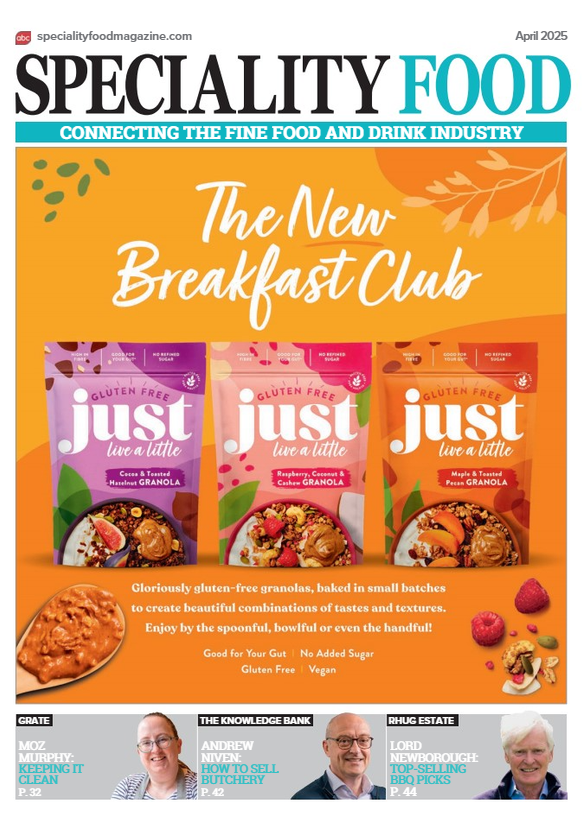ALL THE FOOD AND DRINK INDUSTRY CONTENT YOU NEED IN ONE PLACE
inspirations
The brands, people, products and services that inspire Speciality Food

Natural Food Expo unveils inspiring speaker line-up
Hear more about exciting innovations and trends within the natural food and drink sector at Natural Food Expo 2025
Savour a taste of Northern France
The regions of Normandy and Hauts-de-France are rich sources of fine food perfectly tailored to speciality retailers
Natural Food Expo 2025 opens its doors this May
The event, at Excel London, continues its legacy of championing natural and organic innovation
Read the latest issue
Browse our Directory
Discover the suppliers and service providers you need using our extensive nationwide database
try these popular locations
Masterclasses
Boost your business with these handy 'how to' guides
-
 Sustainable
SustainableHow to be a sustainable cheesemonger >
-
 Cheese & Dairy
Cheese & DairyCan you freeze cheese? Our ultimate guide to storing and caring for cheese >
-
 News
NewsHow to sell local cheese >
-
 News
NewsHow to start a cheese business >
-
 Cheese & Dairy
Cheese & DairyHow to display cheese >
-
 Cheese & Dairy
Cheese & DairyHow to create a summer cheeseboard >





















